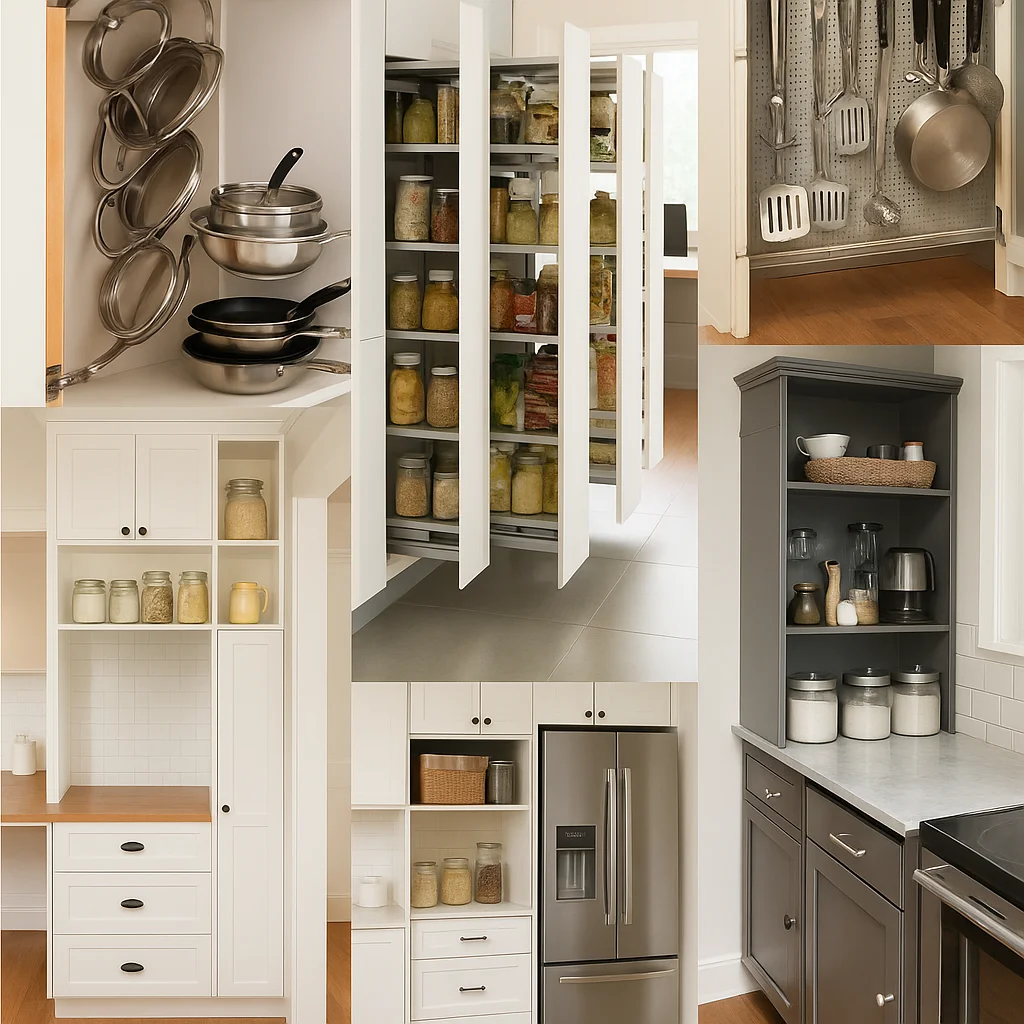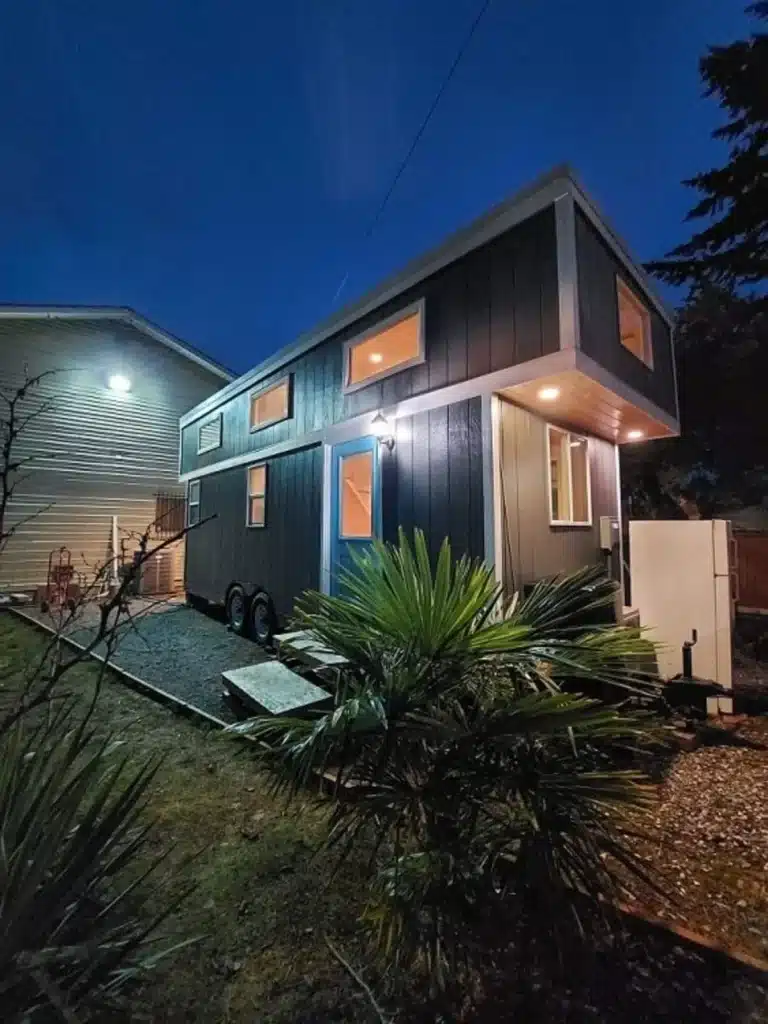
When it comes to tiny homes, less really can be more. But can a smaller space hold up against extreme weather? As more people embrace the tiny home lifestyle—sometimes in places where the weather isn’t exactly friendly—picking the right materials is a must.
Choosing what will keep your tiny home cozy and dry through wild winds, freezing snow, or scorching heat is a game-changer. Because let’s be real—no one wants to wake up in a house that feels like an icebox or an oven!
Build Your Own Tiny Home
This guide breaks down the best building materials for tiny homes in tough climates. Think of it like a showdown—who’s the ultimate champion? Let’s find out!
1.Insulation Smackdown: Wool, Hemp, or Foam?
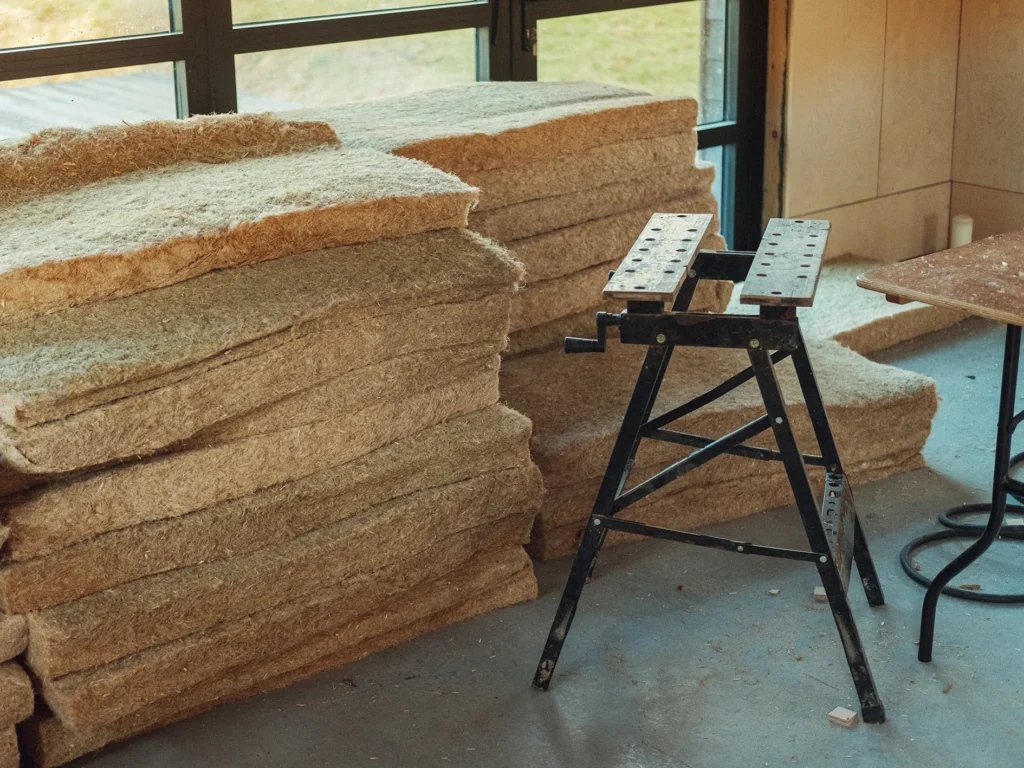
Good insulation is like a warm hug—it keeps the cold out in winter and the heat where it belongs. But what’s the best option?
Sheep’s Wool: Renewable, breathable, and makes you feel good about your eco-friendly choices.
Hemp: All-natural and mold-resistant—a solid middle-ground choice.
Foam: Insulates like a champ, but not exactly great for the planet.
Each has its pros and cons, so think about what works best for your climate and values.
2.The Framework Faceoff: Timber, Steel, or SIPs?
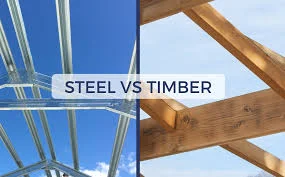
Your home’s frame is like its skeleton—it needs to be strong enough to handle whatever nature throws at it.
Timber: A classic choice with a warm, rustic feel.
Steel: Super durable and great for areas prone to storms or earthquakes.
SIPs (Structural Insulated Panels): The modern option, with built-in insulation and fast build times.
Pick based on the weather in your area and how much work you want to put into building.
3.Windows That Work: Double Glazing vs. Low-E Glass
Windows do more than let in the view—they also affect insulation.
Double Glazing: Keeps heat in by trapping air between two panes of glass.
Low-E Glass: A thin coating reflects heat while letting in light.
Either one can help with energy efficiency. If only we could combine them into one perfect window!
4.Roofing Showdown: Shingles, Metal, or Green Roofs?
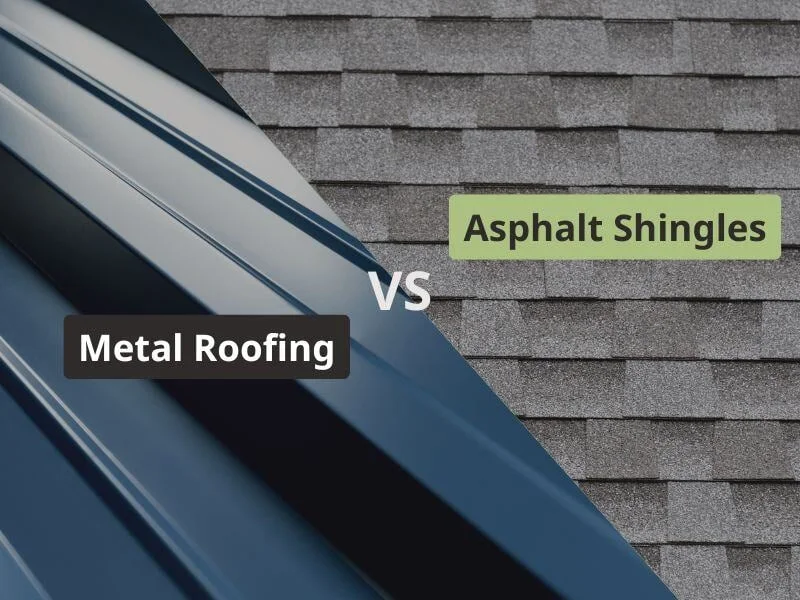
Your roof takes a beating from the weather, so choose wisely.
Asphalt Shingles: Affordable and easy to install.
Metal Roofing: Long-lasting and great for reflecting heat.
Green Roofs: A living roof that insulates and looks awesome.
It’s all about balancing durability, cost, and looks.
5.Siding That Stands Up to the Elements: Vinyl, Wood, or Fiber Cement?
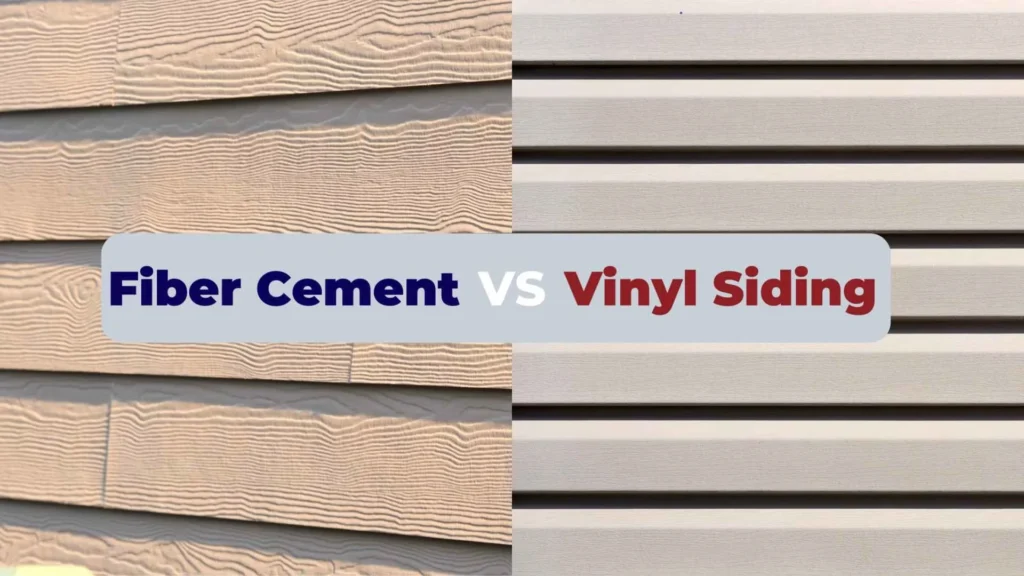
Your home’s exterior is its armor—so what should you use?
Vinyl: Low maintenance and budget-friendly.
Wood: Beautiful, but needs regular upkeep.
Fiber Cement: Tough and weather-resistant.
Each has its own vibe, so think about what works best for your style and climate.
6.Foundation Matters: Concrete, Piers, or Skids?
A solid foundation keeps your home standing strong.
Concrete Slab: Sturdy and stable.
Piers: Raises your home off the ground, great for uneven terrain.
Skids: Makes your home moveable, perfect for a change of scenery.
Choose based on how permanent you want your home to be.
7.DIY or Call in the Pros?
Building your own tiny home sounds amazing, but is it right for you?
DIY: Saves money and gives you full creative control.
Hiring a Contractor: Less stress and professional results.
Think about your skills, budget, and patience before making a decision.
8.Heating Options: Wood Stove, Radiant Floors?
Prospective tiny house occupants need to stay warm-does one of these answer the question of Which one works best?
Wood Stove: Warm and nostalgic, for those who enjoy that fireplace crackle.
Radiant Floor Heating: Quiet, efficient, and evenly warms the space.
Nothing is better than preference and the maintenance required.
9.Eco-Friendly Flooring: Bamboo, Cork, or Recycled Materials?
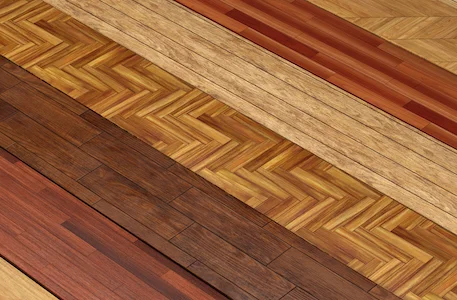
Floors take heavy pounding, and that is why they must be hardy and sustainable.
Bamboo: Strong and fast-growing.
Cork: Softly cushioned, easy on the environment, and great insulator.
Recycled materials: Creative and cost-effective green solutions.
10.Fresh Air Flow: Works Ventilation
The tiny home, like any building, needs to ventilate for comfort and mold.
Passive ventilation: Keeps air moving naturally by design.
Mechanical ventilation: Involves fans and vents, giving you greater control.
Hybrid: Combining the best of both worlds.
Fresh air is the elixir of life.
11.Choosing the Right Paint: Go Green with Low-VOC Paints
The tiny home should be painted with non-toxic paint in order to keep the air healthy. The better choice would be low- or no-VOC paints, healthier for you and the environment.
12.Off-grid Energy: Solar Panels or Wind Turbines?
Are you ready to be energy-independent here? And what to consider?
Solar Panels: These will certainly work if you get plenty of sun.
Wind Turbines: Great for windy areas.
A Mix of Both: Covers all bases.
Off-grid living is all about planning for what works best where you are.
13.Water Solutions: Rainwater Collection or Filtration Systems?
Water is essential, so think about how you’ll get and clean it.
Rainwater Catchment: Some Free H2O Right From Up There.
Filtration Systems: Make Sure Your Water Is Clean and Safe for Use.
Both Together Will Sure Give You a Reliable Water Supply.
14.Small Space Trick: Furniture and Layouts That Work
Inside tiny homes, clever designing makes good use of every inch.
Foldable, multipurpose furniture should be your best friend.
Clever layouts make small feel big.
Just some imagination goes a long way.
15.Smart Tech to Weather-Proof Tiny Homes
Jamie can make tiny living smarter. Think smart thermostats, window coverings on auto magic, and weather alerts. A perfect assistant for your home!
16.Make it Personal: Injecting Personality
The tiny home must be a reflection of you. Handmade decorations? Colors that speak to you? Free finishes? Whatever floats your boat!
17.The Big Picture
The tiny home is built to withstand harsh weather conditions, demonstrating smart choices. Every choice involved-from insulation to foundations to heating-will influence how comfortable and durable your house will be.
Have you any wisdom to share on materials for tiny houses? Join the discussion!




